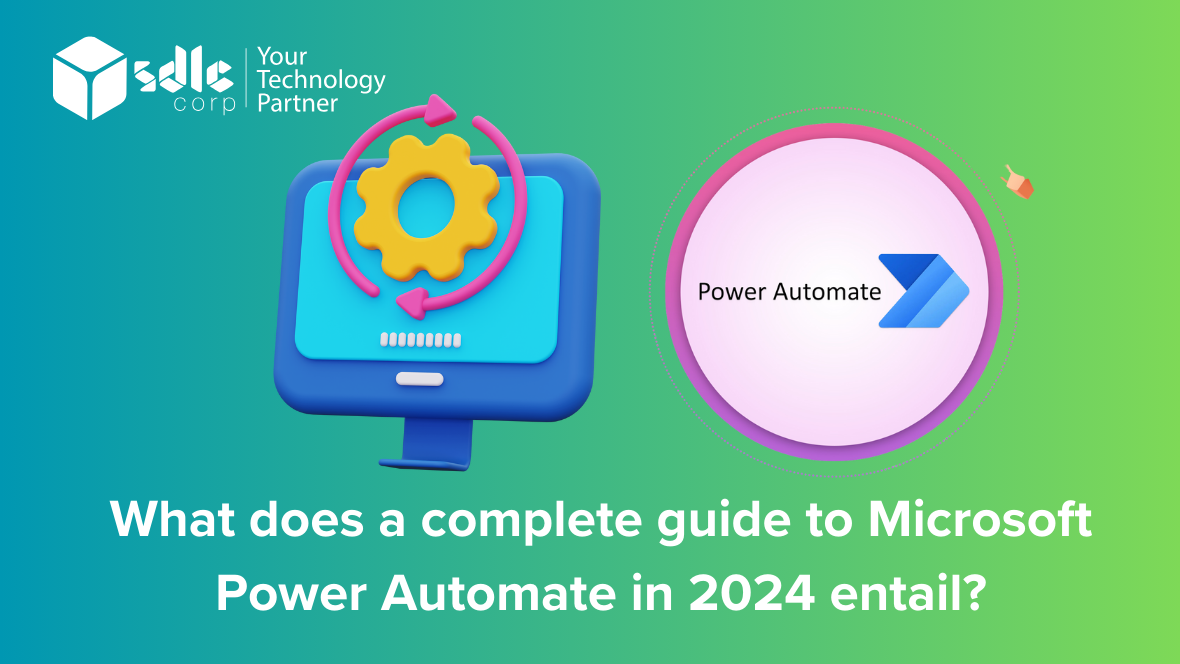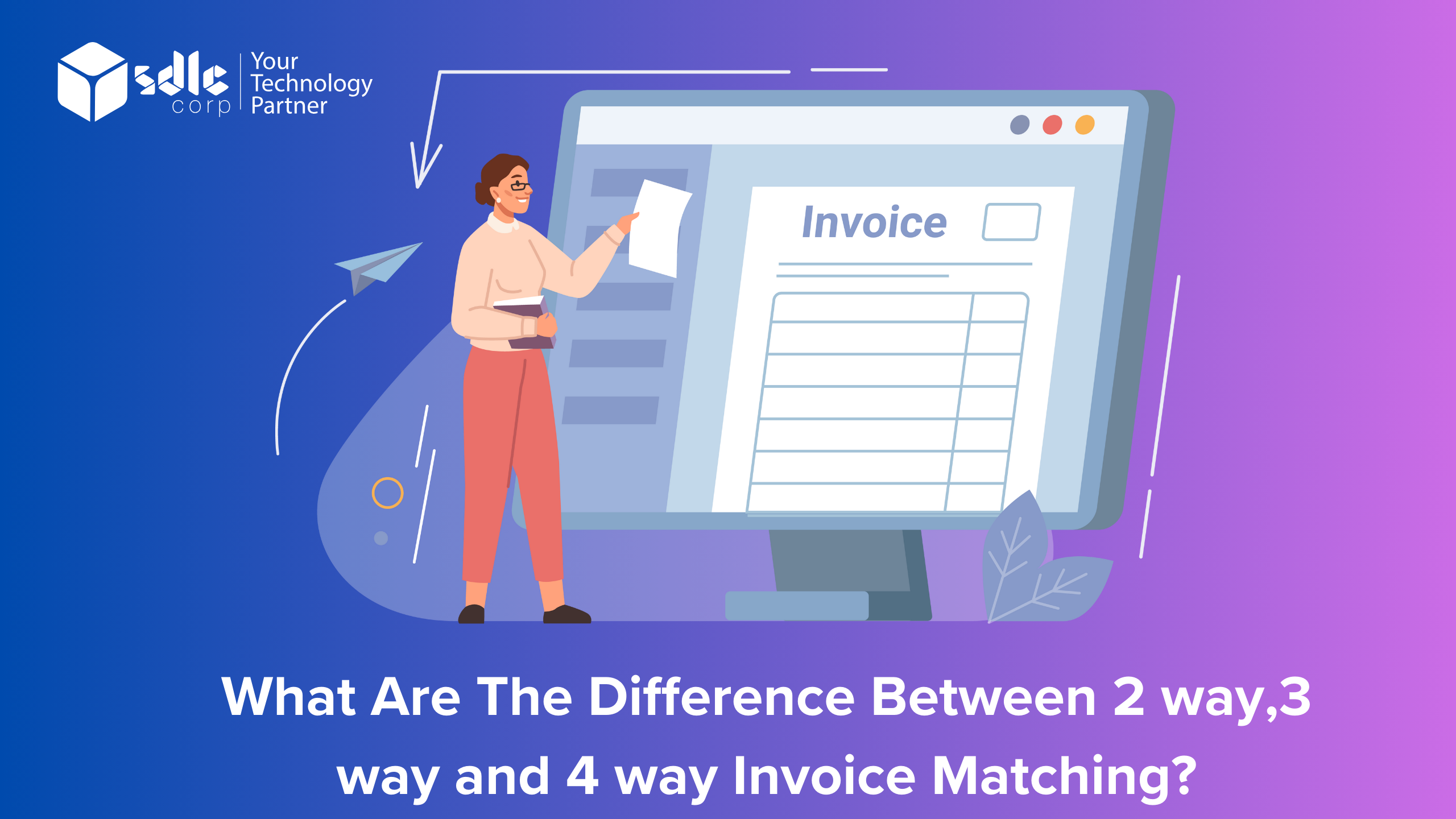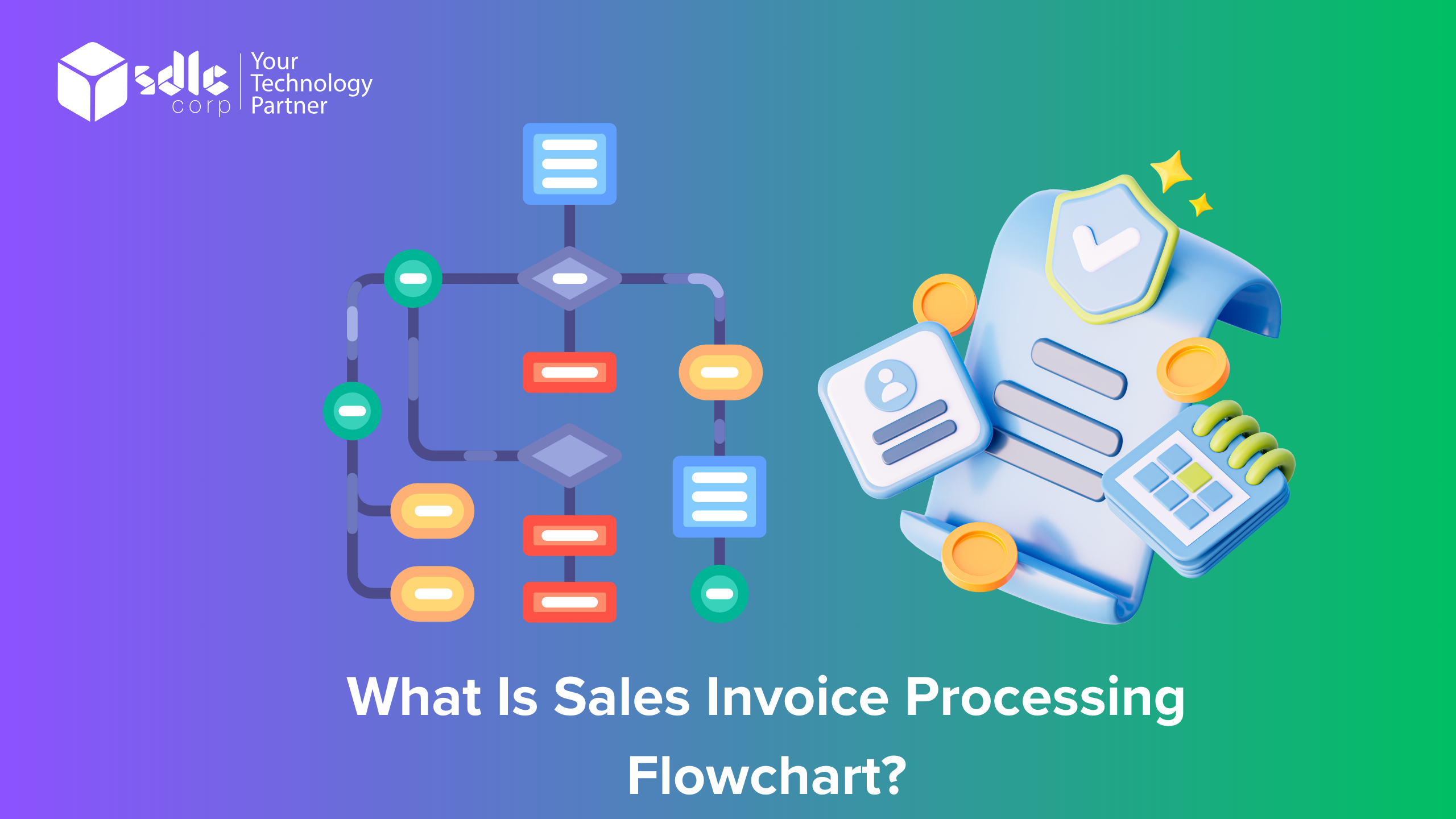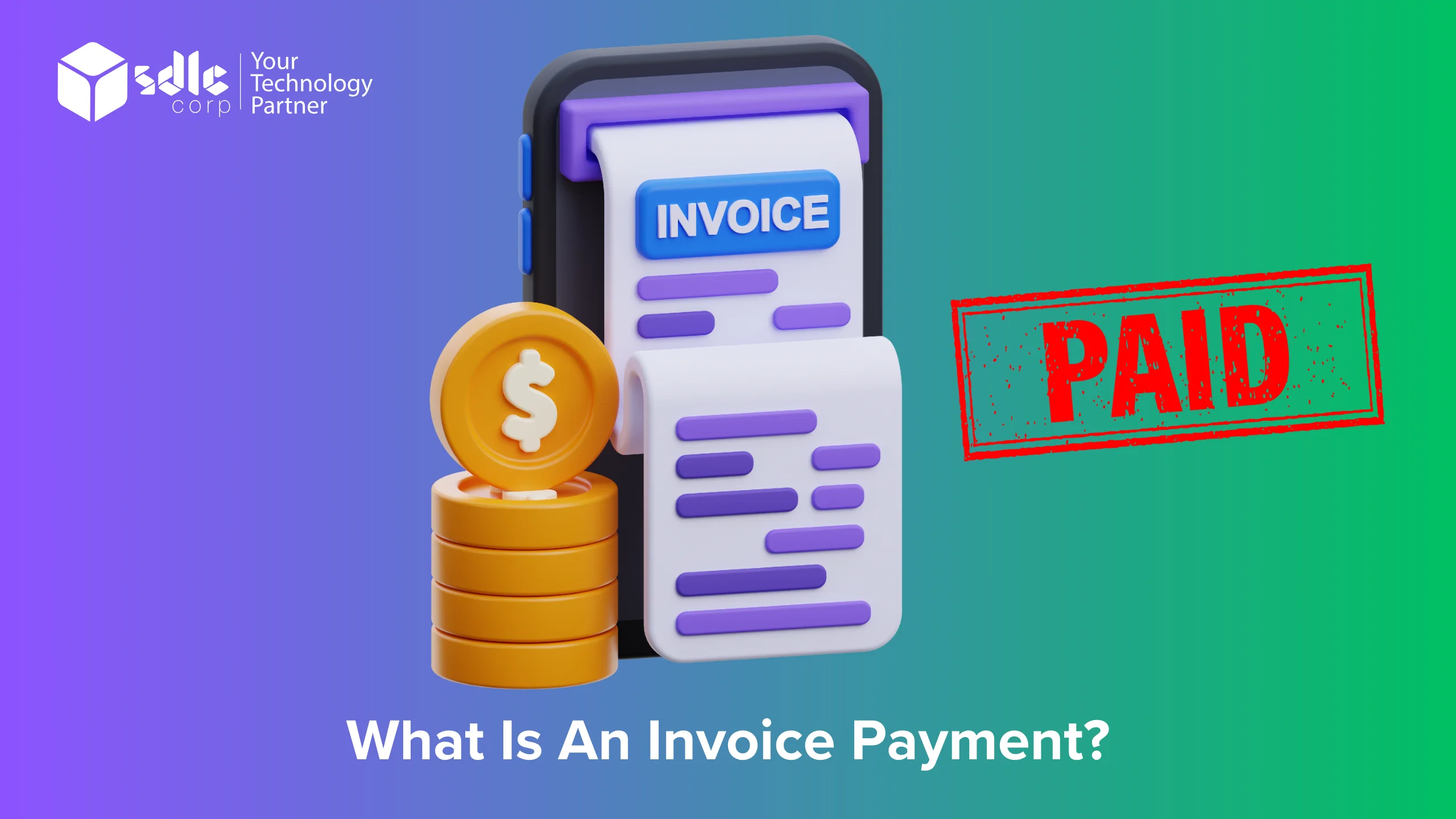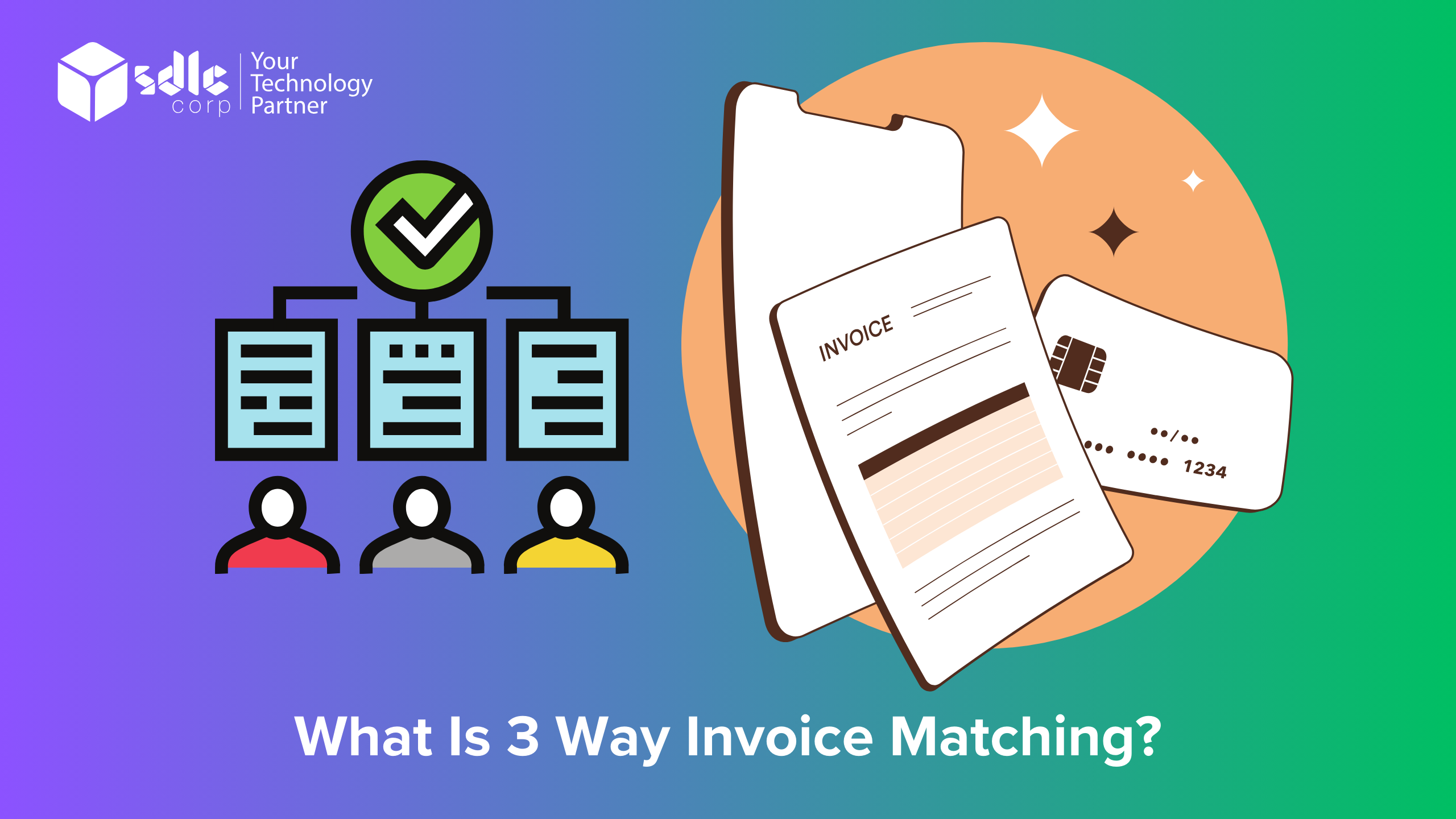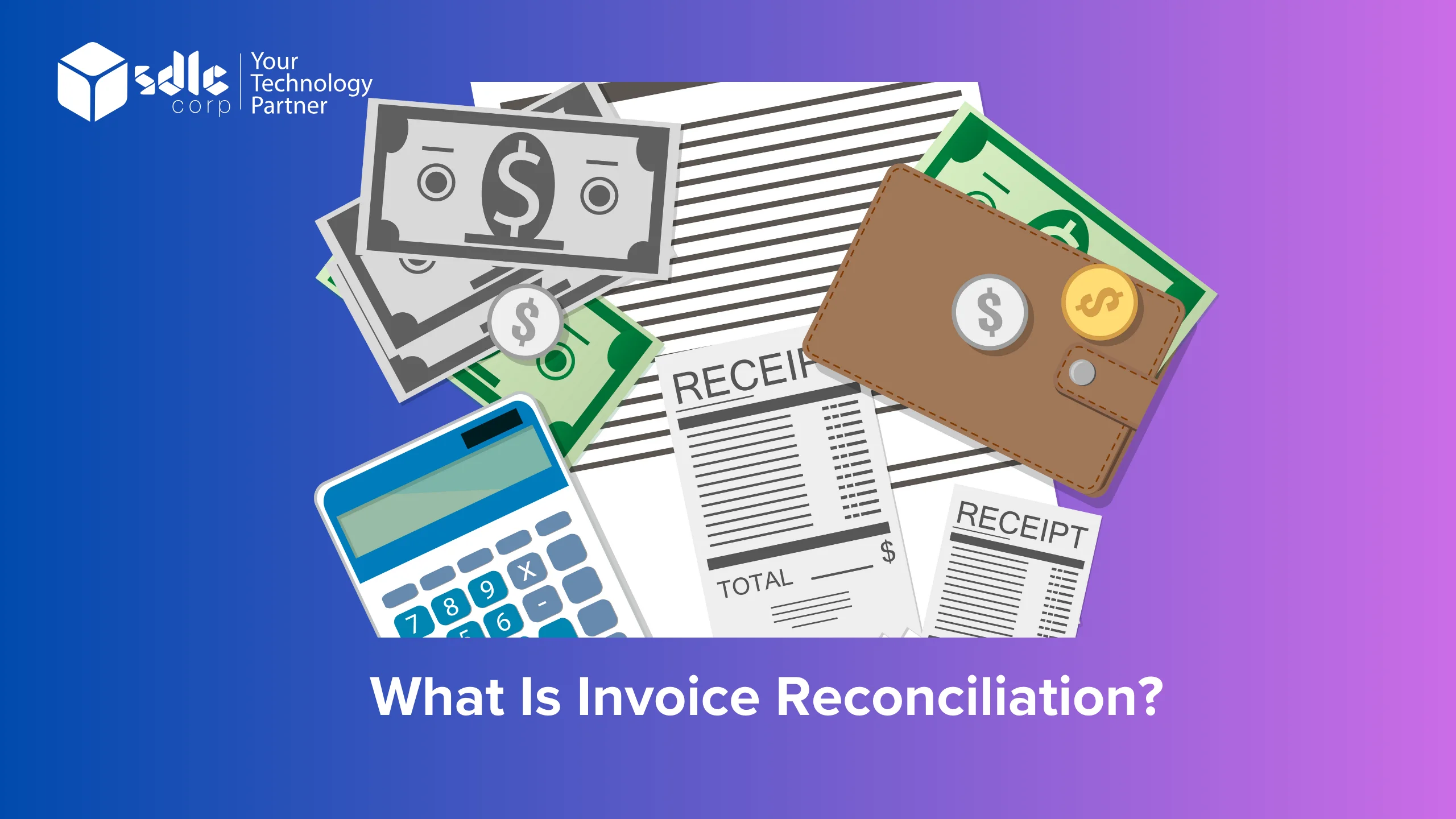In 2025, Microsoft Power Automate stands as a cornerstone in the realm of workflow automation, revolutionizing how businesses streamline their processes. This comprehensive guide delves into the depths of Power Automate, offering insights into its myriad functionalities and applications across industries. From automating repetitive tasks to orchestrating complex workflows across various platforms and services, Power Automate empowers organizations to enhance efficiency and productivity exponentially. Its intuitive interface and the vast array of pre-built connectors enable users to effortlessly create automated workflows without extensive coding knowledge.
With Power Automate, businesses can seamlessly integrate their favorite apps and services, orchestrating data flow and actions with unparalleled ease. Whether automating approval processes, generating insightful reports, or triggering actions based on real-time data, Power Automate provides the flexibility and scalability to adapt to diverse business needs. This guide serves as a roadmap for harnessing the full potential of Microsoft Power Automate, empowering users to optimize workflows, drive innovation, and propel their organizations toward unprecedented levels of success. Now, let’s convert the content word into an Excel file.
How Its Work?
In 2025, Microsoft Power Automate continues to revolutionize the way businesses automate their workflows, streamlining processes and boosting efficiency across various industries. With the integration of cutting-edge technologies like QR code scanning, Power Automate has become even more versatile and powerful.
Microsoft Power Automate, formerly known as Microsoft Flow, is a cloud-based service that allows users to create automated workflows between their favorite apps and services to synchronize files, get notifications, collect data, and much more, without the need for extensive coding knowledge. It empowers users to automate repetitive tasks and focus on more strategic, value-added activities.
One of the standout features of Microsoft Power Automate in 2024 is its seamless integration with QR code scanning technology. QR (Quick Response) codes have become ubiquitous in our daily lives, offering a convenient way to access information or trigger actions with a simple scan using a smartphone or other devices equipped with a camera. With Power Automate, businesses can leverage QR code scanning to automate processes in innovative ways.
Imagine a scenario where a manufacturing company uses QR codes to track inventory movements within its warehouse. Using Power Automate, the company can create a workflow that triggers actions such as updating inventory records, sending notifications to relevant personnel, and generating reports whenever a QR code is scanned during the movement of goods. This not only reduces manual data entry errors but also accelerates the inventory management process, leading to greater accuracy and efficiency.
Furthermore, Power Automate’s integration with QR code scanning extends beyond inventory management. For instance, in the retail sector, businesses can enhance the customer experience by enabling QR code-based promotions or loyalty programs. When customers scan QR codes at checkout, Power Automate can automatically apply discounts, update customer profiles, and send personalized thank-you messages, fostering customer engagement and loyalty.
In the healthcare industry, Power Automate’s QR code scanning capabilities can be leveraged for patient management and tracking. Hospitals and clinics can generate QR codes for patient IDs or medical records, allowing healthcare providers to quickly access relevant information and streamline administrative tasks. With Power Automate orchestrating the process, healthcare professionals can focus more on delivering quality care to patients.
Moreover, Microsoft Power Automate’s intuitive interface and extensive library of pre-built templates make it easy for users to incorporate QR code scanning into their workflows without requiring complex development efforts. Whether you’re a small business owner, a developer, or an IT professional, Power Automate offers the flexibility and scalability to meet diverse automation needs.
In conclusion, Microsoft Power Automate continues to evolve as a game-changer in the realm of workflow automation, and its integration with QR code scanning technology exemplifies its commitment to innovation. By harnessing the power of Power Automate and QR codes, businesses can optimize processes, drive productivity, and deliver exceptional experiences to their customers and stakeholders.
What is Microsoft Power Automate?
Microsoft Power Automate is a cloud-based service provided by Microsoft that allows users to create automated workflows between various apps and services, enabling them to automate repetitive tasks and streamline business processes without requiring extensive coding knowledge. Formerly known as Microsoft Flow, Power Automate offers a user-friendly interface and a wide range of pre-built templates, making it accessible to users across different skill levels. With Power Automate, users can trigger actions, such as sending emails, updating spreadsheets, or posting on social media, based on predefined conditions or events, thereby improving efficiency and productivity in both personal and professional contexts.
How does Microsoft Power Automate Work?
Microsoft Power Automate simplifies workflow automation by allowing users to create automated processes between their favorite apps and services without the need for extensive coding skills.
1. Start with a Trigger: Power Automate workflows begin with a trigger, which is an event that initiates the automation process. Triggers can include actions like receiving an email, a new file being added to a folder, a form submission, or a schedule-based event.
2. Define Actions: Once a trigger occurs, Power Automate executes a series of actions based on predefined conditions and parameters set by the user. Actions can involve tasks such as sending an email, creating a document, updating a database, posting to social media, or integrating with other apps and services.
3. Customize and Configure: Users can customize each action within the workflow to suit their specific needs. This may involve configuring settings, mapping data fields, adding conditional logic, or incorporating dynamic content to personalize the automation process.
4. Review and Test: Before deploying the workflow, users can review and test it to ensure that it functions as intended. This allows for troubleshooting and refinement before the automation goes live.
5. Deploy and Monitor: Once satisfied, users can deploy the workflow to run automatically in the background. Power Automate provides monitoring tools that allow users to track the performance of their workflows, view run history, and receive alerts for any errors or exceptions.
6. Iterate and Improve: As business needs evolve or new opportunities arise, users can iterate on their existing workflows or create new ones to address emerging requirements. Power Automate offers flexibility and scalability to adapt to changing circumstances and optimize processes over time.
In essence, Microsoft Power Automate empowers users to automate repetitive tasks, streamline processes, and improve productivity by orchestrating seamless integrations between different apps and services, all within an intuitive and user-friendly platform.
Master Microsoft Power Automate in 2024! Click to learn more.

What are the types of Power Automate flows?
Microsoft Power Automate offers several types of flows to cater to different automation needs:
1. Automated Flows: These flows are triggered by an event in a connected application or service, such as receiving an email or a new file being added to a folder. Automated flows are ideal for streamlining repetitive tasks and reducing manual intervention.
2. Instant Flows: Instant flows, formerly known as “Button Flows,” are manually triggered by the user with the click of a button. They are useful for ad-hoc tasks or scenarios where immediate action is required, allowing users to initiate workflows on-demand from their desktop or mobile devices.
3. Scheduled Flows: Scheduled flows are triggered at specific intervals or times defined by the user. They automate recurring tasks such as sending regular reports, reminders, or data backups. Scheduled flows help improve efficiency by executing actions on a predetermined schedule without user intervention.
4. Business Process Flows: Business process flows to guide users through a series of steps or stages to complete a specific business process, such as lead management or customer onboarding. They provide a structured framework for organizing and tracking tasks, ensuring consistency and compliance with predefined workflows.
5. Desktop Flows: Desktop flows, also known as UI flows, enable the automation of repetitive tasks within desktop applications or websites by recording and replaying user interactions. They can automate tasks like data entry, form filling, or navigating through web pages, enhancing productivity and reducing manual errors.
Each type of flow in Microsoft Power Automate serves distinct purposes and offers unique capabilities to automate processes and streamline workflows according to specific business requirements.
How does Power Automate support business process flows?
Power Automate for Business Process Flows is a feature within Microsoft Power Automate designed to streamline and automate complex business processes. It allows organizations to define, visualize, and automate their business workflows, guiding users through a sequence of steps to ensure consistency and efficiency.
With Power Automate for Business Process Flows, users can create structured processes that map out the flow of activities, tasks, and decisions involved in a particular business process, such as sales pipeline management, customer onboarding, or service request handling. These processes can be customized to match the unique requirements of each organization, incorporating business rules, conditions, and approvals as needed.
One of the key advantages of Power Automate for Business Process Flows is its integration with other Microsoft products and services, such as Dynamics 365, SharePoint, and Teams. This enables seamless data exchange and collaboration across different platforms, allowing users to access and update information within the context of their workflows.
Furthermore, Power Automate for Business Process Flows offers insights and analytics capabilities, allowing organizations to track the performance and efficiency of their processes over time. By monitoring key metrics and identifying bottlenecks or inefficiencies, businesses can continuously optimize their workflows for better results.
Power Automate for Business Process Flows empowers organizations to design, automate, and optimize their business processes, driving productivity, consistency, and agility across the enterprise.
What topics does a Microsoft Power Automate tutorial typically cover?
1. “Getting Started with Power Automate”: This tutorial introduces beginners to the basics of Microsoft Power Automate, covering how to create an account, navigate the interface, and build simple automated workflows without any coding experience.
2. “Automating Email Notifications”: In this tutorial, users learn how to automate the process of sending email notifications using Power Automate. Topics include setting up triggers, configuring email actions, and customizing messages to send notifications based on specific events or conditions.
3. “Integrating Microsoft Office 365 Apps”: This tutorial explores how to integrate various Microsoft Office 365 applications with Power Automate to streamline workflows. Users learn how to automate tasks such as creating calendar events, updating Excel spreadsheets, and generating Word documents based on predefined triggers or inputs.
4. “Data Collection with Microsoft Forms”: In this tutorial, users discover how to automate data collection using Microsoft Forms and Power Automate. Topics include creating and customizing forms, setting up triggers to initiate workflows based on form submissions, and processing collected data in other applications or services.
5. “Approval Workflows”: This tutorial focuses on setting up approval workflows using Power Automate, allowing users to automate the process of obtaining approvals for documents, requests, or tasks. Topics include configuring approval actions, defining approval criteria, and tracking the status of pending approvals in real-time.
6. “Advanced Conditional Logic”: In this tutorial, users delve into advanced conditional logic techniques in Power Automate to create more complex and dynamic workflows. Topics include using expressions, branching conditions, and logical operators to design workflows that adapt to changing variables and requirements.
These tutorials cater to users with varying levels of experience, providing step-by-step guidance on leveraging Microsoft Power Automate to automate tasks and improve productivity.
Explore Microsoft Power Automate in 2024! Click now.

When to use Power Automate?
1. Automating Repetitive Tasks: When you find yourself performing the same task repeatedly, such as data entry, file organization, or email notifications, Power Automate can automate these processes, saving you time and effort.
2. Streamlining Approval Workflows: Whether it’s expense approvals, document reviews, or project sign-offs, Power Automate can streamline approval workflows by automating the routing of requests to the right stakeholders and tracking their progress.
3. Integrating Applications: If you frequently need to transfer data between different applications or services, Power Automate can seamlessly integrate them, ensuring smooth communication and data flow across your ecosystem.
4. Collecting and Managing Data: When you need to gather data from various sources, such as forms, emails, or databases, Power Automate can automate the collection process and organize the data into structured formats for analysis and decision-making.
5. Triggering Actions Based on Events: Whether it’s a new email, a social media mention, or a file upload, Power Automate can trigger actions based on specific events, enabling you to respond promptly and stay on top of critical tasks.
6. Improving Customer Engagement: From sending personalized emails and SMS messages to managing customer feedback and inquiries, Power Automate can automate customer engagement processes, enhancing communication and relationship-building efforts.
Who can use Power Automate?
1. Business Professionals: Whether you’re in marketing, sales, HR, finance, or any other department, Power Automate empowers business professionals to automate repetitive tasks, streamline processes, and focus on strategic initiatives.
2. IT Administrators: IT administrators can leverage Power Automate to automate workflows for user provisioning, data migration, system monitoring, and more, reducing manual intervention and improving overall IT efficiency.
3. Developers: Developers can extend the functionality of Power Automate by creating custom connectors, building advanced workflows with code using Azure Functions, or integrating with external APIs, unlocking endless possibilities for automation.
4. Small Business Owners: Small business owners with limited resources can use Power Automate to automate routine administrative tasks, such as invoicing, email marketing, social media posting, and customer communications, enabling them to operate more efficiently and focus on business growth.
5. Data Analysts: Data analysts can utilize Power Automate to automate data collection, transformation, and analysis processes, enabling them to extract valuable insights from various sources and make data-driven decisions faster.
6. Educators: Educators can harness the power of Power Automate to automate grading, assignment submissions, communication with students and parents, and other administrative tasks, allowing them to spend more time on teaching and student engagement.
What is SDLCCORPs and how is it utilized for business automation?
1. Efficient Workflow Management: SDLCCORPs specialize in developing custom software solutions tailored to streamline business workflows. By automating repetitive tasks and orchestrating processes, they enable organizations to operate more efficiently and focus on strategic objectives.
2. Customized Integration Services: SDLCCORPs offer expertise in integrating disparate systems and applications to create a cohesive digital ecosystem. Through seamless data exchange and interoperability, businesses can optimize resource utilization and enhance collaboration across departments.
3. Advanced Analytics and Reporting: SDLCCORPs empower businesses with advanced analytics capabilities, providing insights into operational performance, customer behavior, and market trends. By leveraging data-driven decision-making, organizations can identify opportunities for improvement and drive growth.
4. Robust Security Measures: SDLCCORPs prioritize security throughout the software development lifecycle, implementing robust measures to protect sensitive data and mitigate cyber threats. By adhering to industry best practices and compliance standards, they ensure the confidentiality, integrity, and availability of business-critical information.
5. Scalable Infrastructure Solutions: SDLCCORPs design scalable infrastructure solutions that accommodate business growth and evolving technological requirements. Whether deploying on-premises or in the cloud, they architect resilient architectures that can adapt to changing business needs while maintaining high performance and availability.
6. Continuous Improvement and Support: SDLCCORPs provide ongoing support and maintenance services to ensure the smooth operation of automated processes and software applications. Through proactive monitoring, troubleshooting, and optimization, they help businesses maximize the return on their investment in automation and technology.

What are the benefits of using Microsoft Power Automate in 2025?
1. Enhanced Efficiency: Microsoft Power Automate in 2025 enables businesses to automate repetitive tasks, freeing up valuable time and resources that can be redirected towards more strategic initiatives. By streamlining processes, organizations can operate more efficiently and achieve higher productivity levels.
2. Seamless Integration: Power Automate seamlessly integrates with a wide range of Microsoft and third-party applications, allowing users to create cohesive workflows that span across various platforms. This interoperability fosters collaboration and ensures smooth data exchange between different systems, enhancing overall workflow efficiency.
3. Cost Savings: Implementing Power Automate in 2025 can lead to significant cost savings for businesses. By automating manual processes, organizations can reduce reliance on labor-intensive tasks, minimize errors, and optimize resource utilization. This translates into lower operational costs and improved profitability over time.
4. Increased Accuracy: With Power Automate, businesses can minimize human errors associated with manual data entry and repetitive tasks. By automating processes, organizations can ensure consistency and accuracy in data processing, leading to improved data quality and decision-making.
5. Accelerated Innovation: Power Automate empowers organizations to innovate faster by automating time-consuming tasks and enabling rapid iteration of workflows. By freeing up employees from mundane activities, businesses can focus on driving innovation, developing new products, and exploring growth opportunities in their respective industries.
6. Enhanced Employee Satisfaction: By automating routine tasks with Power Automate, organizations can improve employee satisfaction and morale. Employees can focus on more meaningful and challenging aspects of their roles, leading to higher job satisfaction, increased engagement, and reduced burnout. Additionally, automation can create opportunities for skills development and career advancement within the organization.
Conclusion
In conclusion, Microsoft Power Automate stands as a pivotal tool for businesses in 2024, revolutionizing the way tasks and workflows are automated across industries. Its intuitive interface and expansive capabilities have streamlined operations, enhancing efficiency and productivity. The integration of cutting-edge technologies such as the Python XML parser further solidifies its position, enabling users to manipulate and extract data from XML files seamlessly. This integration not only enhances versatility but also addresses diverse automation needs effectively. Moreover, Power Automate empowers users of all skill levels to create tailored automation solutions without extensive coding knowledge, fostering a culture of innovation and agility within organizations. By improving data management practices and future-proofing businesses against evolving automation trends, Power Automate emerges as a cornerstone for digital transformation, driving growth and competitiveness in the modern business landscape.
FAQs
1. What is Microsoft Power Automate?
Microsoft Power Automate is a cloud-based service that enables users to automate workflows across various applications and services without the need for extensive coding. It streamlines processes, saves time, and enhances productivity by automating repetitive tasks.
2. How does Power Automate work?
Power Automate works by allowing users to create automated workflows, known as flows, that connect different apps and services. Users can define triggers, actions, and conditions to dictate how data and tasks flow between connected systems, automating processes and driving efficiency.
3. What can I automate with Power Automate?
With Power Automate, users can automate a wide range of tasks and processes, including data collection, file synchronization, notifications, approvals, and more. Whether it’s managing emails, updating spreadsheets, or integrating with third-party applications, Power Automate offers flexibility to automate various workflows.
4. Is coding knowledge required to use Power Automate?
No, coding knowledge is not required to use Power Automate. The platform features a user-friendly interface with drag-and-drop functionality, pre-built templates, and connectors to popular apps and services. Users can create sophisticated workflows without writing a single line of code.
5. How does Power Automate integrate with QR code scanning?
In 2024, Power Automate has integrated QR code scanning technology, allowing users to incorporate QR code-based actions into their workflows. Whether it’s tracking inventory, managing customer interactions, or streamlining processes, Power Automate enables users to automate tasks triggered by QR code scans, enhancing efficiency and user experience.
Contact Us
Let's Talk About Your Project
- Free Consultation
- 24/7 Experts Support
- On-Time Delivery
- sales@sdlccorp.com
- +1(510-630-6507)

